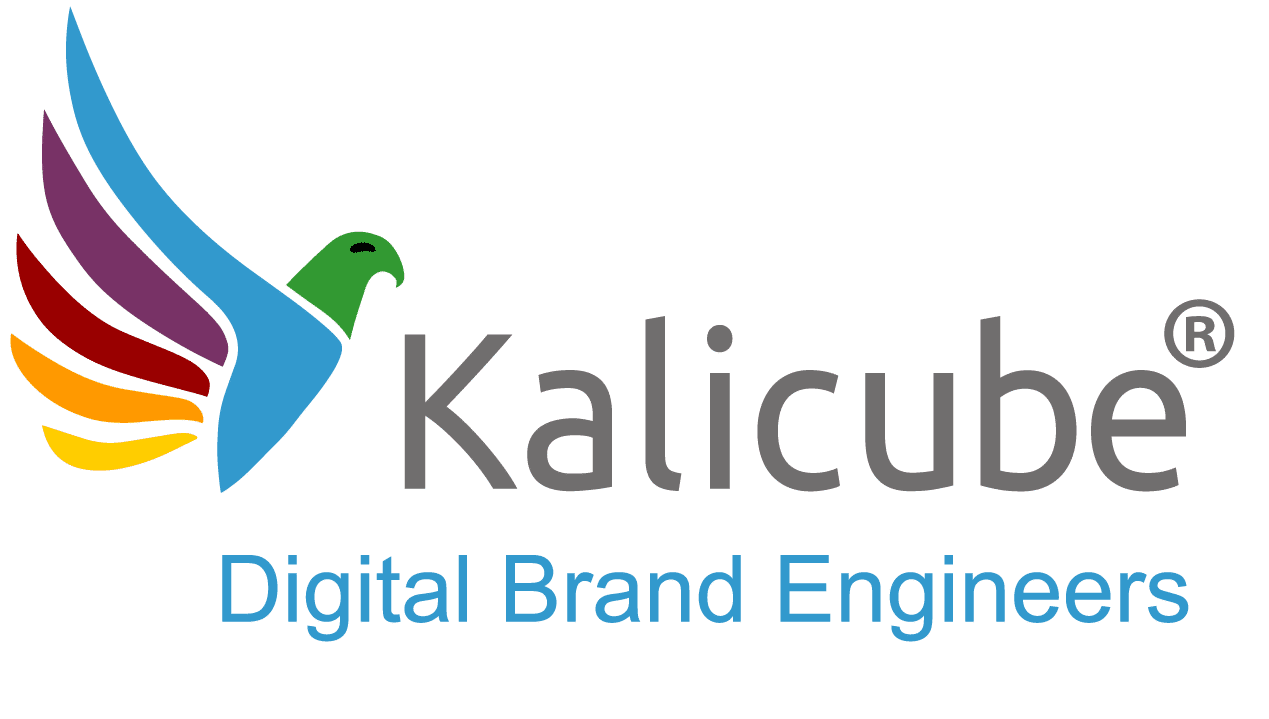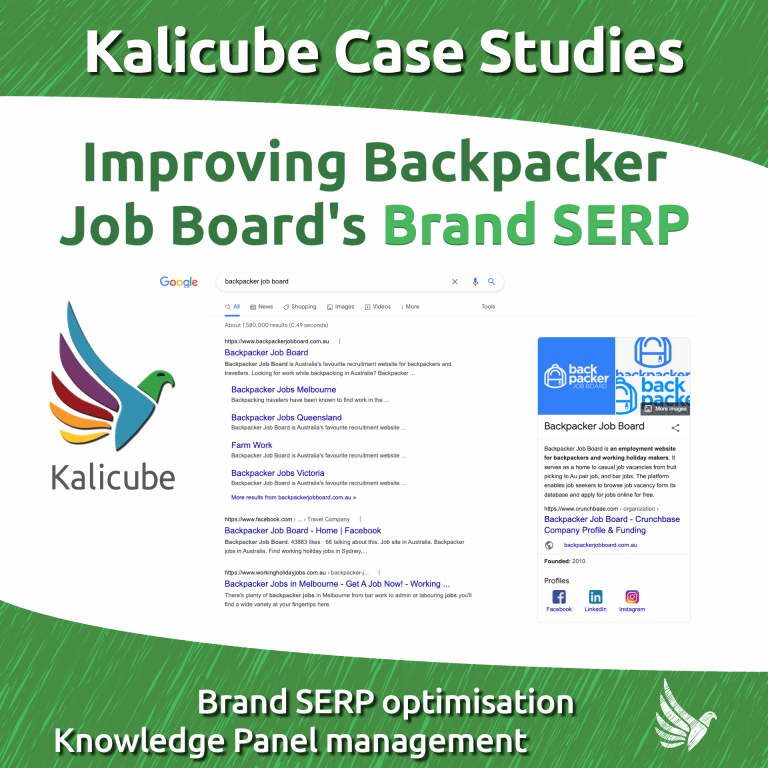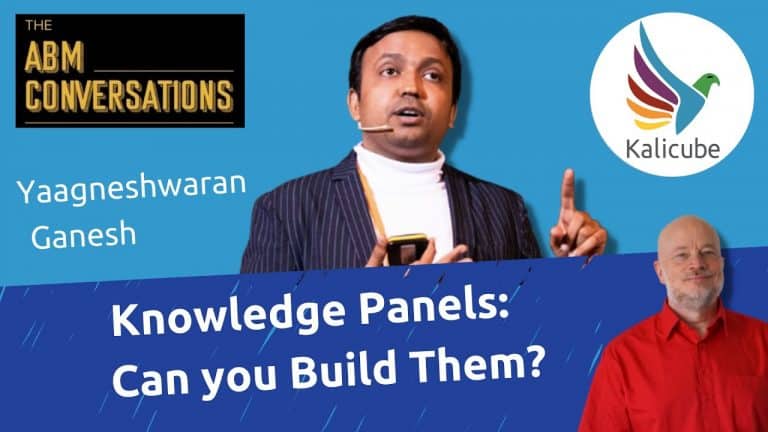Engine, Bot, and Algorithm: What you need to Know

What is the difference between “Search Engine,” “Bot,” and “Algorithm”?
“Search Engine,” “Bots,” and “Algorithm” are often used interchangeably, but they have specific definitions and applications in search engines and internet technology.
Consider the context of your discussion to ensure the meaning is clear to your audience when using the terms.
- When talking about how search engines crawl and index content, use “bots” or “web robots” (or “crawlers” or “spiders”)
- When discussing the process of ranking and analysing web content, talk about “algorithms”
- When you want to address the overall system that involves both bots and algorithms to deliver search results, use “engine” or, more accurately, “search engine”
Here is a comprehensive explanation of the three terms.
What is an “algorithm?”
An algorithm is a set of instructions or rules that a computer program follows to accomplish a specific task, such as solving a problem or processing data. The word “algorithm” by itself can seem scary, but it is simply computer code that understands the question and evaluates the relative merits of the answers.
In the context of search engines, search algorithms are triggered by a simple search query from a user. The search algorithms are used to analyse, prioritise, and rank the indexed content based on various factors such as relevance, authority, and popularity in order to provide the most appropriate results in response to a user’s query.
Examples of algorithms
Google Knowledge Algorithms
Google has a Knowledge Algorithm. At Kalicube we talk about three aspects of the Knowledge Algorithm: The Knowledge Extraction Algorithm, the Knowledge Panel Algorithm, and the Knowledge Vault Algorithm.
The three Knowledge Algorithms are responsible for curating information for Google’s Knowledge Graphs (its machine-readable encyclopaedias) and Knowledge Panels (the visible representation of those “encyclopaedias” in Google SERPs).
The Knowledge Extraction Algorithm
The Knowledge Extraction Algorithm annotates the information that Googlebot inserts into the web index. It loves structured data: Schema markup, HTML tables, headings, and Semantic HTML5, for example. If there is no structure, it tries to create structured data from (mostly) unstructured online content.
The Knowledge Panel Algorithm
The Knowledge Panel Algorithm builds Knowledge Panels on Google SERPs. The Knowledge Panel Algorithm determines what information it can display that is a factual summary of the Entity. Its goal is to provide Google users with a simple, factual summary of the entity that saves the user from clicking on multiple links to research it.
The Knowledge Vault Algorithm
The Knowledge Vault Algorithm adds information to the Main Knowledge Graph (also known as the Knowledge Vault). Google’s ultimate goal is to “understand the world’s information”. It does this by filling this Knowledge Vault with all the facts about everything. Our job is to feed this algorithm with corroborated facts about entities.
The Knowledge Panel course on Kalicube® Academy explains how each of these three algorithms works and what you can do to make your brand visible and credible online.
The most common algorithm we talk about in SEO is Google’s ranking algorithm. But it is important to bear in mind that there is no one single ranking algorithm. Ranking on Google Search (and now Google’s Generative AI) is driven by hundreds of algorithms that all interact as part of a holistic system that serves the Engine (as we will see).
Question: Why did we start with “algorithm” and not “bot”?
Bots come first in the process Google and Bing use for search results: crawl->assess->display .
Algorithms are at the very heart of absolutely everything in Google Search and Bing Search.
As an SEO, you need to understand:
- The role of each of the hundreds of search algorithms;
- The goal / aim of these algorithms;
- How each one contributes to the search results users see.
Once you have a good grasp of those three points, you will be significantly more confident in the results of your work optimising for Google, Bing and other search engines and the results you can bring for your company or clients.
Pro Tip: there is no need for you to understand how the algorithms work. That is a huge mistake most people make. When you focus on:
- Marketing and Branding (which is your long term money-driver)
- Which algorithms you need to prioritise for your SEO strategy;
- What you can do to ensure those algorithms recommend your content;
The Kalicube Process™ is 100% focused to help you with this – pragmatically implement strategies that engage your audience and leverage performance in search results without needing to read or understand the patents and geeky-speak.
Stick with the Kalicube Process – it takes your unique branding, uses that to boost your smart online marketing and adds the bonus of high performing, geek-less and hugely profitable SEO.
What is a “bot?”
A bot, short for “robot,” is an automated software programme designed to perform certain tasks on the internet without human intervention. This means that bots can perform an activity without instructions from humans because they consist of a set of algorithms that they have programmed to perform the tasks assigned to them.
In the context of search engines, a search bot, also called a web crawler or spider, is responsible for discovering, visiting, and cataloguing web pages. Search bots follow links, collect data, and index the content of websites to help search engines understand and organise the information on the Web.
Examples of bots
Googlebot and Bingbot
Googlebot and Bingbot are the web crawlers used by Google and Microsoft Bing respectively to discover, crawl and index new web content for the search engine. It is a type of bot that constantly searches the Internet, follows links and visits websites to collect data. This data is then used to update Google and Microsoft Bing’s search index with newly discovered web content and to ensure that the content already indexed is still relevant and up-to-date. By efficiently crawling and indexing the ever-growing web, Googlebot and Bingbot play a critical role in ensuring that Google and Bing deliver the most accurate and relevant search results to their users.
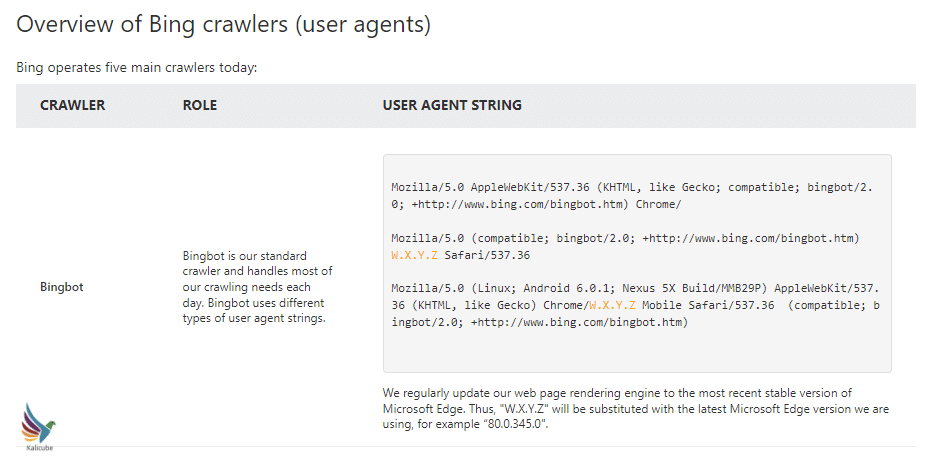
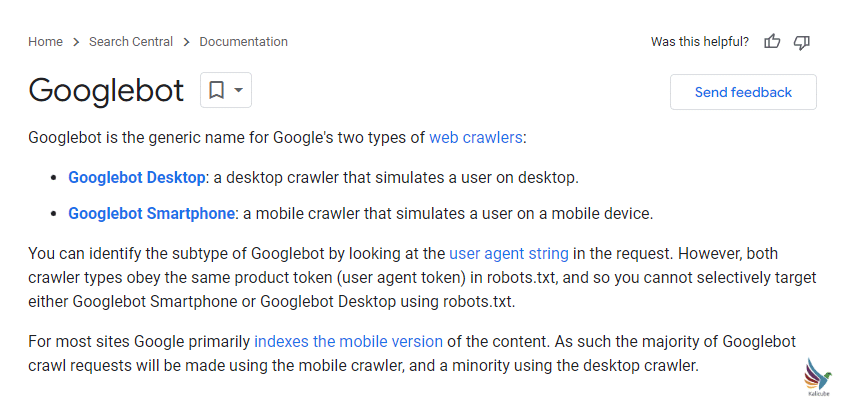
Kalibot
Kalibot isn’t a bot in the same sense as GoogleBot or BingBot since it doesn’t crawl web pages. It is a character that we have created to represent Kalicube’s approach to SEO and Digital Marketing – it helps you in educating the algorithms.
At Kalicube, we consider Kalibot as “Your Kalicube Personal Assistant.”

Kalibot serves as an online assistant for people coming to Kalicube to learn more and ask specific questions about digital brand strategy and the Kalicube Process. It is the equivalent of Googlebot and BingBot (but only conceptually – it represents the Kalicube Process in the same way Googlebot and Bingbot represent their overall search results systems.)
The Kalicube Process involves educating AI algorithms about the identity and audience of a person or brand. This method aims to build a strong online presence and improve the overall digital marketing strategy through better representation on search engine results pages and Knowledge Panels.
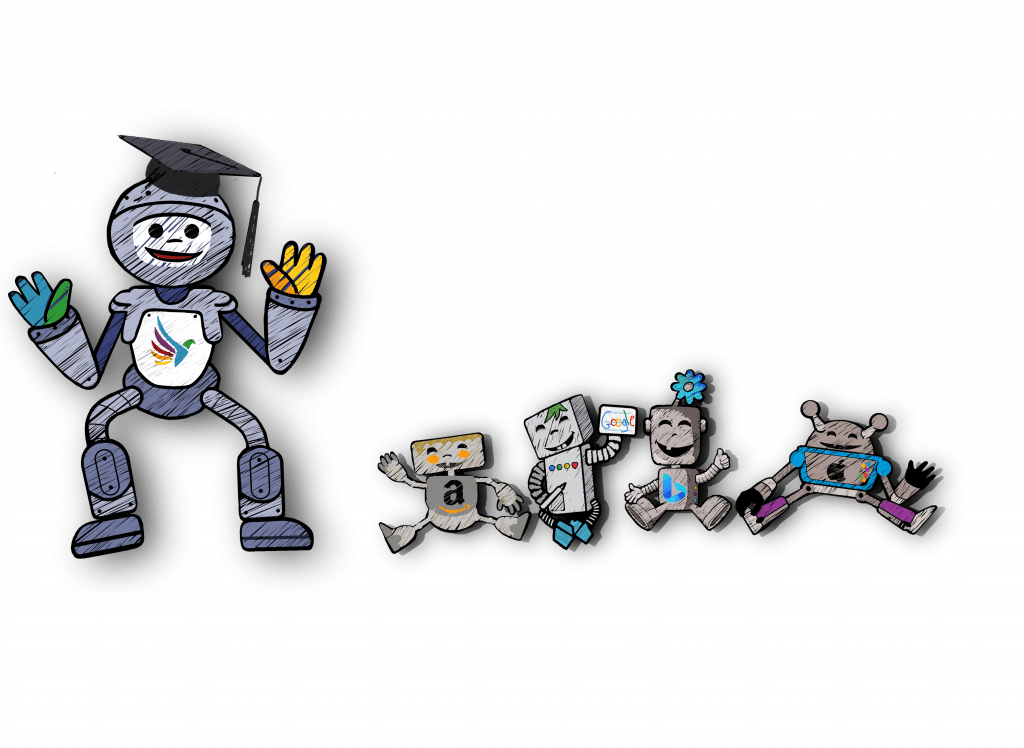
The Kalicube Process is represented by the teacher: Kalibot. The benefits of Kalibot are listed below.
- It packages your content so that the bots find it, can digest it easily and reliably and confidently understand it
- It presents you, your authors and your content in a way that ensures their algorithms can confidently understand it and are convinced of your credibility as a solution (leverages maximum EEAT)
- It ensures your content is perfectly presented so their engines/delivery systems / SERPs can deliver it (and indeed are encouraged to prioritise it)
Learn more about the Kalicube® Process and our approach to SEO: Understanding, Credibility and Deliverability
What is an “engine?”
An engine, such as a search engine, is a software application used to find, index, and rank information on the Internet based on a user query. It uses bots and algorithms to deliver relevant search results.
In the context of search, a search engine is a software application designed to search and retrieve information, primarily from the Internet. It processes user queries, crawls and indexes web pages, and returns relevant results based on the query. Examples of search engines include Google, Bing, and Yahoo. They use complex algorithms to analyse and evaluate web pages and provide users with relevant search results.
Examples of Search Engine
Google is a multinational technology company specializing in Internet-related services and products. It was founded in 1998 by Larry Page and Sergey Brin and is best known for its search engine, which allows users to find and retrieve information on the World Wide Web. Google processes billions of search queries every day, making it the most popular search engine in the world. Over the years, the company has expanded its offerings to include various products and services, such as email (Gmail), online office suites (Google Workspace), cloud storage (Google Drive), maps and navigation (Google Maps), video sharing (YouTube), and mobile operating systems (Android).
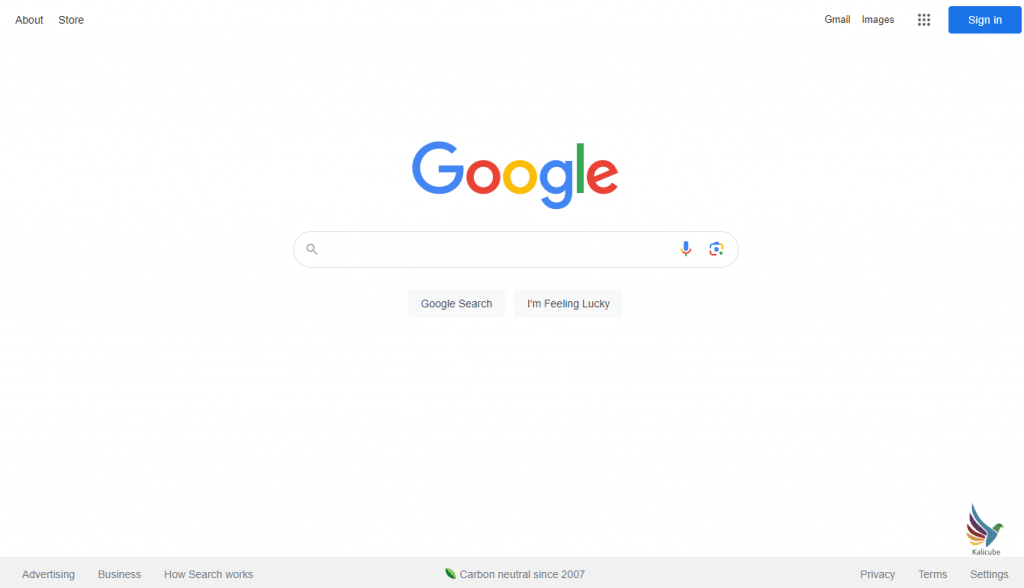
Bing
Bing is a search engine developed by Microsoft to help users find and access information on the World Wide Web. Launched in 2009 as a rebranding of earlier search engines such as MSN Search and Windows Live Search, Bing provides search results in a variety of categories, including web pages, images, videos, news, and maps. Despite its smaller market share compared to Google, Bing remains a popular search engine for many users worldwide. In addition to the main search function, Bing also offers additional services such as Bing Ads, Bing Maps, and Bing Webmaster Tools, which are tailored to the different needs of users and businesses.
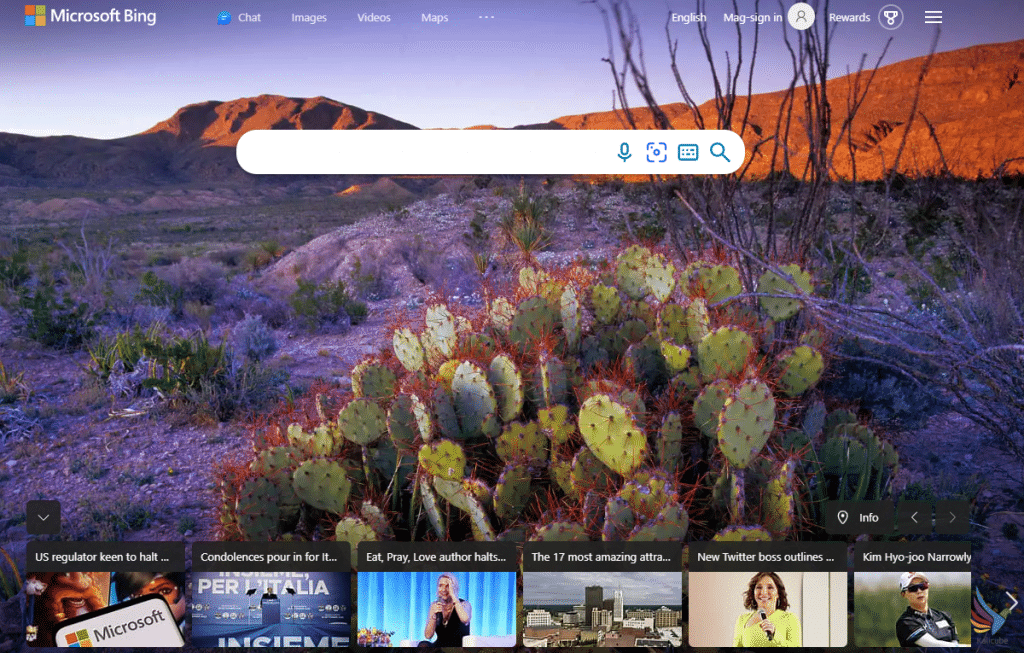
Yahoo
Yahoo is a web services company known for its search engine, email service, news portal and various other online services. Founded in 1994 by Jerry Yang and David Filo, Yahoo initially began as a directory of websites organized hierarchically and later transformed into a search engine and portal. As one of the pioneers of the Internet era, Yahoo was a dominant player in the web services market in the late 1990s and early 2000s.
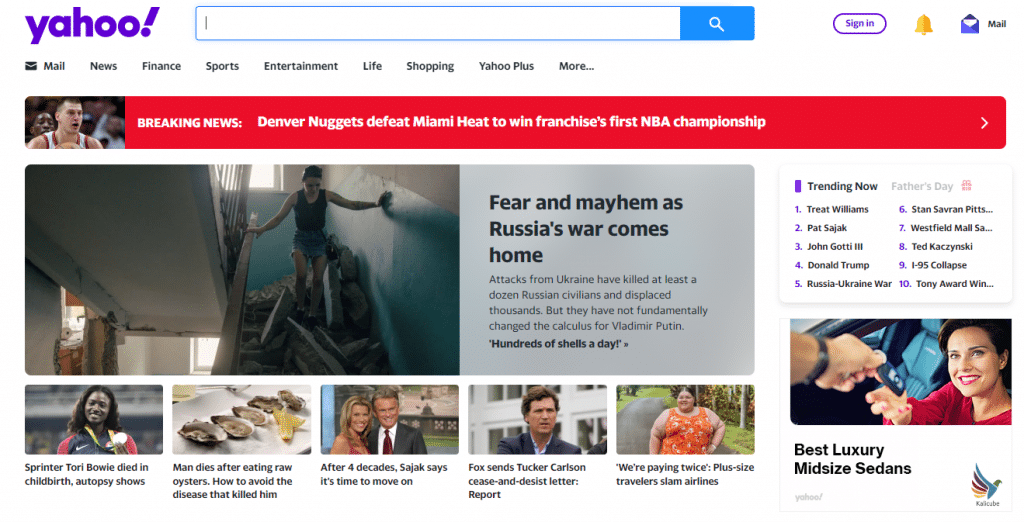
How do “algorithm”, “bot” and “engine” fit into Brand SERP Optimisation and Knowledge Panel Management
In the context of Brand SERP optimisation and Knowledge Panel management, the terms algorithm, bot, and engine all play important roles.
Algorithm: Algorithms are a set of rules and procedures that search engines like Google use to understand, analyse, and rank online content. There are Knowledge Algorithms that work mainly on three levels – curating information for the Knowledge Vault and the Web Index Knowledge Graph, creating Knowledge Panels, and assimilating information from the Web. By optimising content and providing accurate information, you can help these algorithms better understand your brand and improve its online visibility.
Bot: The most well-known bot in this context is the Googlebot. The Googlebot crawls and indexes web pages, extracting information and attempting to structure the content before adding it to the search engine’s index. The Knowledge Extraction Algorithm that is part of the Googlebot creates structured data from unstructured online content. By providing clear and concise information on your web pages, you can help Googlebot accurately annotate and assign high confidence scores to your content, making it more likely to appear in search results and Knowledge Panels.
Engine: The search engine, such as Google, is responsible for processing user queries, ranking content, and presenting the most relevant search results. It includes components such as the Web Index, Knowledge Graph, and Knowledge Vault, where information is stored and organised. By optimising your Brand SERP and managing your Knowledge Panel, you improve your brand’s visibility in the search engine and present a more authoritative and trustworthy image to users.
In summary, the algorithm, the bot, and the search engine are all interconnected when optimising Brand SERPs and managing Knowledge Panels. By aligning your content and strategies with their functions, you can improve your brand’s online presence and authority.
This is all very geeky-speak and we don’t talk like this at Kalicube. But it is handy to know what the geeky terms mean. If you want to learn more about how Kalicube can help you future-proof your digital marketing – now and in the future, take a look at our Done With You Digital Marketing Services.
Contributor:

Jean Marie
Website Content Manager. Joined Kalicube in February 2022
LinkedIn: www.linkedin.com/in/jeanmarielaurente
Email: [email protected]
